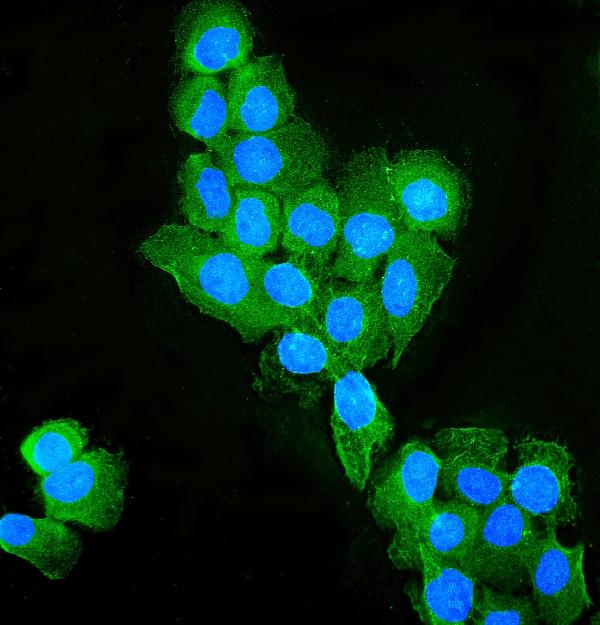Home » Posts tagged 'occludin antibody'
Tag Archives: occludin antibody
Know All About Occludin Antibody
Occludin is a 65-kDa protein that is found in various forms that are phosphorylated. They range from to around 82 KDa. Occludin may play a role in controlling both the location and function of the occludin. Polyunsaturated fat acids are believed to increase the expression of occludin by increasing the resistance of the transendothelial cell as well as reducing the cell’s resistance to larger molecules.
The amount of occludin is different significantly depending on the tissue. In the brain occludin is large and constantly expressed at contact points, while non-neural tissues exhibit lower levels of expression and a discontinuous distribution. You can visit www.bosterbio.com/anti-occludin-ocln-picoband-trade-antibody-a01246-2-boster.html to know about Occludin antibody kits.

The overall structural characteristics of the occludin proteins are preserved across all species studied. Insufficient expression of tightly junction-related proteins which includes the occludin protein is a significant molecular defect that causes greater permeability of tumor-associated endothelial tight junctions that contribute to edemas in brain tumors.
Occludin is a membrane-integral protein that has an apparent molecular weight of around 65 kDa. It is found exclusively in close junctions (TJ) of selected epithelial and endothelial cell types. The protein has 5-22 amino acids (aa) in size. It includes a cytoplasmic N-terminus four transmembrane domains, as well as the long COOH-terminal domain of the cytoplasm (domain E) which contains 255 amino acids.
Occludin is believed to play an essential role in the formation and maintaining tight junctions. Differential phosphorylation in occludin at various residues can affect its interaction with other proteins involved in tight junctions like ZO-1. The phosphorylation of occludin by VEGF regulates tight junction stability as well as permeability to vascular blood.
 Hi, my name is Martin and I am a teacher at Davis School of sports, Sacramento. Learning new stuff and writing about the latest topics is my hobby. I came up with Blue Water Fishing Classic so that knowledge can be shared without any limitations.
Hi, my name is Martin and I am a teacher at Davis School of sports, Sacramento. Learning new stuff and writing about the latest topics is my hobby. I came up with Blue Water Fishing Classic so that knowledge can be shared without any limitations.